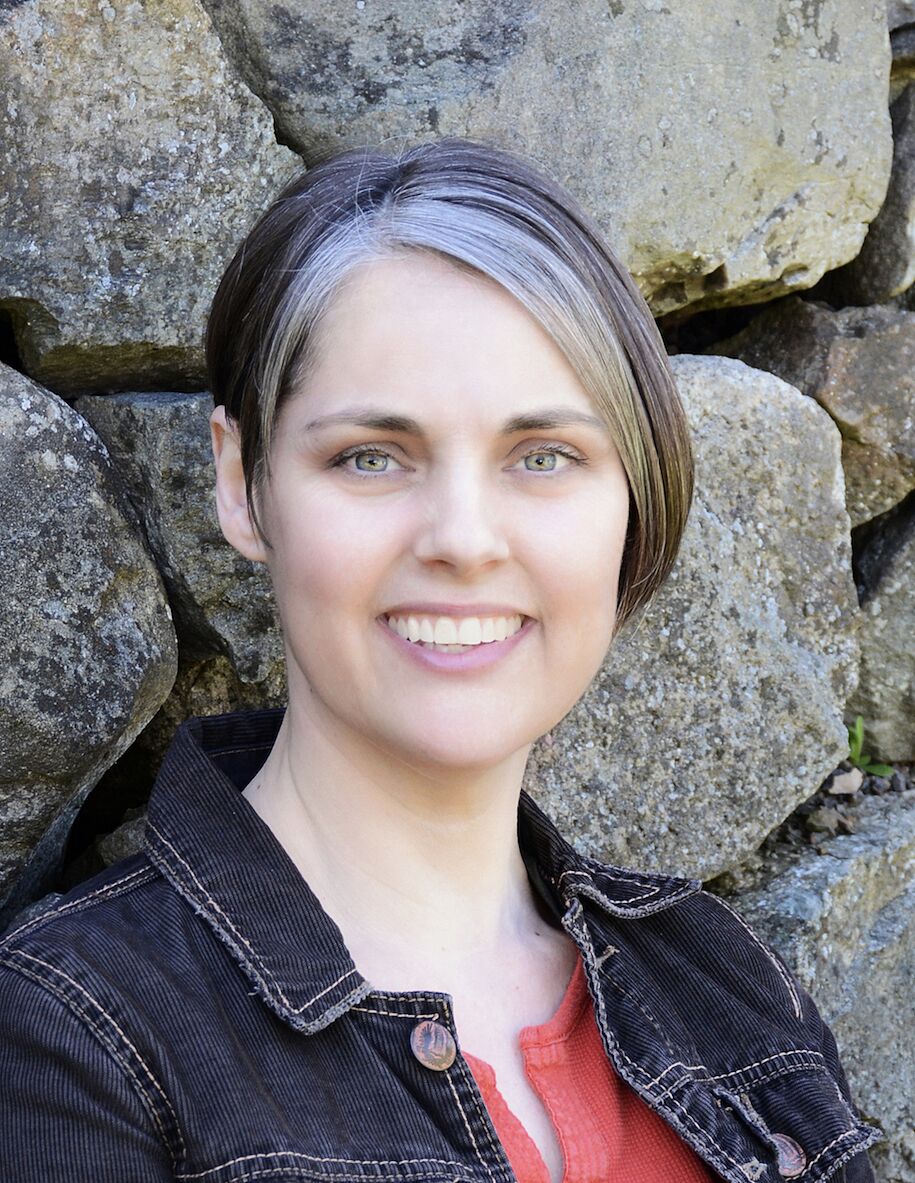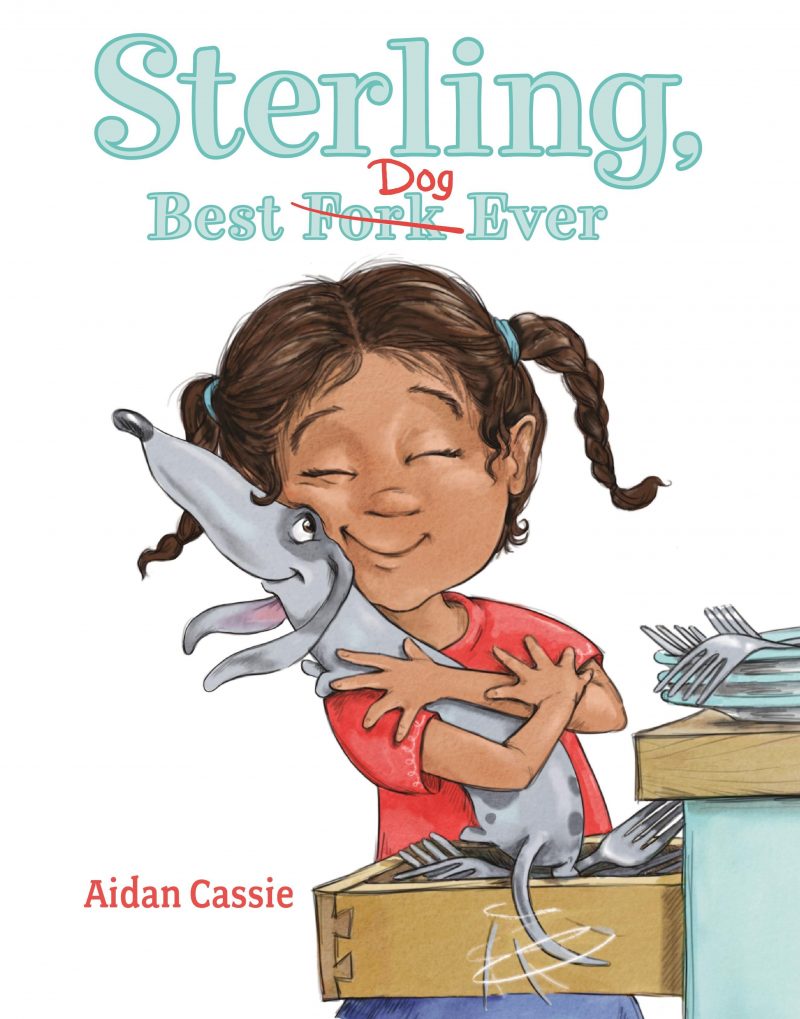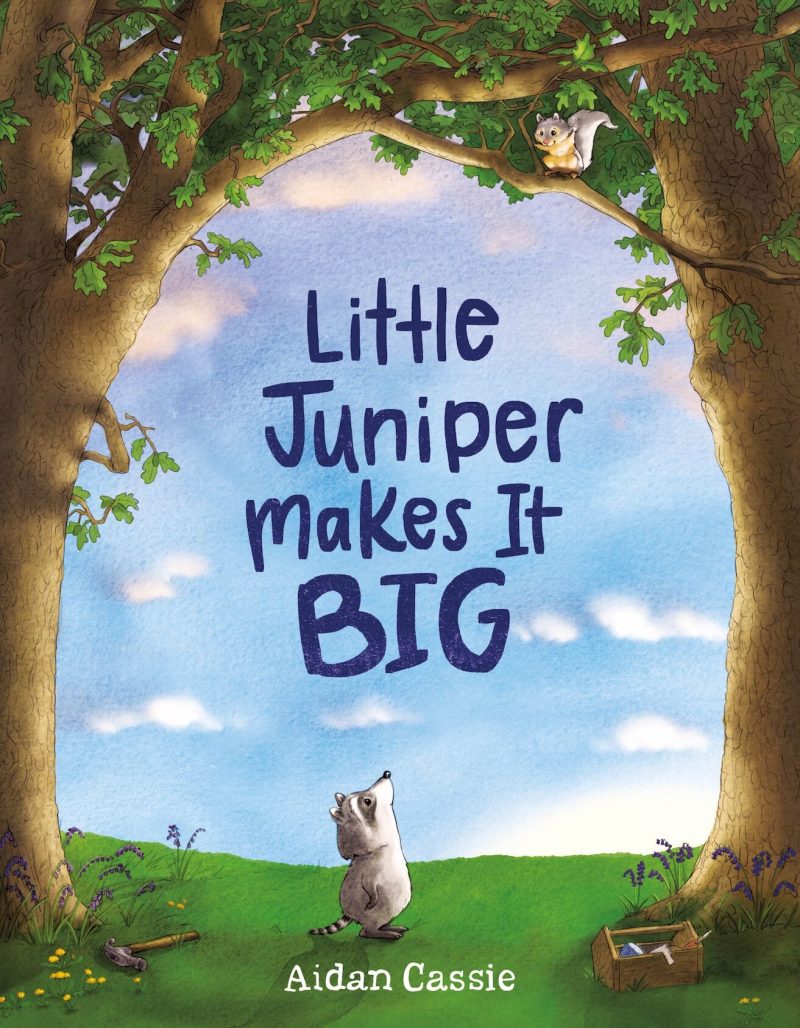Can Write: Meeting Canadian Writers and Illustrators of Children’s Books
What inspires the writers of the books your students read? How does an illustrator decide what to draw? Is it true that most authors and illustrators don’t know each other? This column features a different Canadian children’s book creator in each issue and shows you the story beyond the covers.
 Aidan Cassie wrote and illustrated her first picture book, Sterling, not long ago. As soon as it was published, it was shortlisted for BC’s Book Prizes as well as for the Chocolate Lily Children’s Choice award. Her second picture book, Little Juniper Makes It Big, has just been released with the third one well underway. Who is this dynamo with a sense of humour and amazing talent?
Aidan Cassie wrote and illustrated her first picture book, Sterling, not long ago. As soon as it was published, it was shortlisted for BC’s Book Prizes as well as for the Chocolate Lily Children’s Choice award. Her second picture book, Little Juniper Makes It Big, has just been released with the third one well underway. Who is this dynamo with a sense of humour and amazing talent?
Margriet: You started out doing art, then got into writing. What made you write books for children?
Aidan: My writing came from a love of drawing and story. I’ve always been a visual artist, passionate about depicting narratives. I went to art school to learn animation because I wanted to tell stories. While animation studios hire separate artists to storyboard, create characters and work on scenes, I was enchanted by the idea of doing it all, from creating the wallpaper in a woodland home to puzzling out how tension builds. Initially, I assumed I would illustrate books, but as I built my portfolio, I started to write the stories that went with the scenes and creatures in it. I knew I needed to find my voice so I could weave together the images and words of my imagination.
Margriet: As a writer/illustrator, do your ideas form as images or as words first?
Aidan: I think my stories always begin with an idea that I imagine different characters populating—like I’m casting them in a play. As an idea develops, I may sketch out a variety of settings and species of characters while hunting for just the right fit. I see the story like a little film in my mind where I can rewind and edit scenes, then jot down notes and doodle tiny concept sketches. When I’m playing with ideas I love to use cheap yellow legal pads so the drawings are never too precious and I can write notes around them. Once I have a solid synopsis, I begin writing a rough manuscript and laying out a storyboard, often simultaneously.
Margriet: What does an average day look like for you?
Aidan: We live on an island where some children take ferries to school, so we’re up at 5:45. Rain or shine I then ramble through the woods with my side-kick-studio-dog. Most of my initial idea development happens then, even on the inky-black trails of early morning winter walks, thanks to my insistent dog. It helps that occasionally I get glimpses of rabbits, deer, raccoons, mink, and owls as the animal-world is my muse.
 I’m in my art studio with tea-in-hand by eight. I try to start with new sketches or final artwork. I punctuate the day at lunch by switching to emails, marketing and planning school visits, before returning to creative work.
I’m in my art studio with tea-in-hand by eight. I try to start with new sketches or final artwork. I punctuate the day at lunch by switching to emails, marketing and planning school visits, before returning to creative work.
To help with the discipline of working from home, and the temptation to do weeding or dishes when I’m “stuck,” I have a program that tracks what I do, every minute, at my computer. Tracking my time is important because I would spend longer at artwork if it weren’t for deadlines; I’m not quick at making art. As a child I loved details and would pour over intricate pictures looking for things I’d missed; looking for stories in background characters’ lives. Now I can’t help but explore and create the details. For a 40-page book, with three months to finish it, I spend about four days on each spread. I work on the art seven days a week until it is done.
Margriet: Animals feature big in your books. Can you ever see yourself doing a picture book with humans as main characters?
Aidan: I’d love to, though I keep coming back to the freedom of using animal-characters. I love the curious, fictional world they conjure up. Animals allow children to see their own qualities reflected back, and yet they exist without the restraints we have for human children. For as long as there have been folktales, animals have stood in for people to make bigger ideas easier to understand, and as shorthand for particular characteristics, from obsessive beavers to fun-loving squirrels. And of course, they can be so darn cute!
 As a kid I dreamt of living alone in the woods surrounded by animals, like my childhood heroes, Diane Fosse and Jane Goodall. I worked in animal shelters and wildlife rescue centres. I started out studying ethology (animal behaviour). Doing animal character development and design is one of my favourite parts of storytelling— though they’re completely anthropomorphized, I love throwing in facts about the animals while walking a line with their more human qualities.
As a kid I dreamt of living alone in the woods surrounded by animals, like my childhood heroes, Diane Fosse and Jane Goodall. I worked in animal shelters and wildlife rescue centres. I started out studying ethology (animal behaviour). Doing animal character development and design is one of my favourite parts of storytelling— though they’re completely anthropomorphized, I love throwing in facts about the animals while walking a line with their more human qualities.
Margriet: What type of media do you use?
Aidan: I always start with pencil and I occasionally dabble in ink. For my books, my pencil sketches are scanned in. Then I use digital paint programs to add colour, including handpainted washes for texture. The digital process allows me to experiment and make mistakes in a way I wouldn’t “in real life.” I can be more free and loose by working digitally, though it is always a challenge to capture the texture and spontaneity of physical media.
Margriet: Your first book was about a dog. The newest one is about a raccoon. What’s next?
Aidan: I’ve just finished final artwork for my third book, The Word for Friend. This one features an unusual, roly-poly pangolin, Kemala. When she starts school in a new town, in a new country, she struggles to make friends, especially when she can’t speak the new language. But when an equally creative classmate begins crafting paper shadow-puppets and acting out plays with Kemala, the word for “friend” becomes the easiest to learn. This close-to-my-heart tale was inspired by living in France for a year.
Margriet: What do you do during school visits?
Aidan: I love school visits! As a visual storyteller, my presentations are full of imagery. I show childhood drawings beside my current ones (enough to convince anyone they can “get good” with practice!). We talk about creating character boards, about how I approach story-making, about where ideas come from, and about how kids can create using both images and words. We do interactive things where I finish kids’ scribbles into character drawings, and we generate story ideas from weird random words. I bring lots of props so kids can see clay character models I’ve used, original rough dummy-books, and artist’s proofs with some errors I’ve caught.
Though I’m introducing the process of book making, it is really about helping kids see they can tell their own stories. At the end, it is about finding something you love and getting good at it by practising and believing in yourself.
For more information about this BC-based artist, check out: aidancassie.com
ABOUT THE AUTHOR
Margriet Ruurs
Margriet Ruurs is the author of 40 books for children. Her newest book is Ghost of the Mill House (Orca). She conducts author visits everywhere. margrietruurs.com
This article is from Canadian Teacher Magazine’s Fall 2019 issue.









